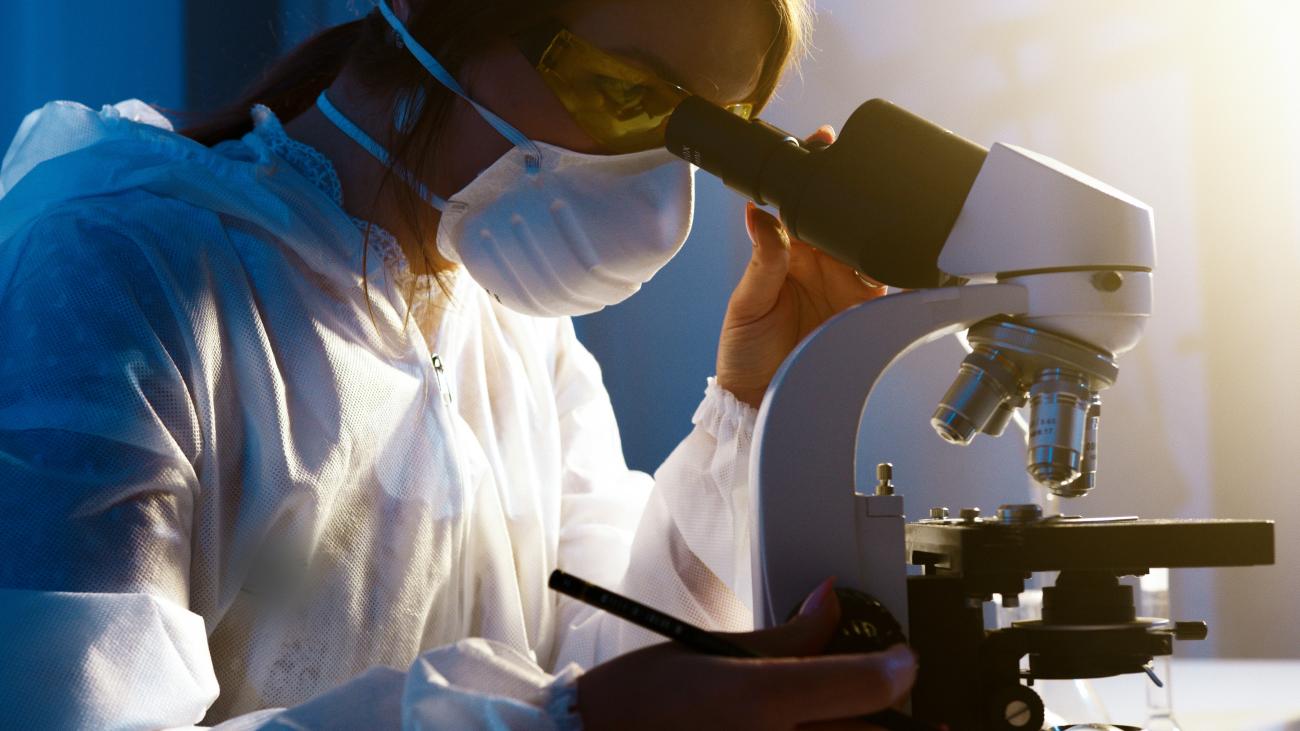Database providing access to the High Technology Network's industrial research offering: research competences, type of analyses and tests available at the Laboratories. Companies can consult the Catalogue to find Laboratories and researchers that match their needs.
Competence
Acoustic methods for solid food texture evaluation (cheese, watermelon, pasta, etc.)
Acquisition and pre-processing of signals for model identification
Analysis of contaminants and allergens in raw materials and finished products, flavour analysis, analysis of simple and complex carbohydrates
Analytical methods for detection of allergens of vegetal origin and hidden allergens in food products
Analytical methods for detection of microbial contamination in food (bacteria, viruses, moulds, yeasts)
Analytical methods for the detection of nanoparticles (metal nanoparticles, nanofibres and nanocapsules) in raw materials and finished products
Analytical methods for the evaluation of the effects of industrial processing on nutritional value of foods
Biosensors (enzymes, cells, antibodies,analyte and ions)
Characterization of soluble fibre in functional food
Chemical, gas, indoor air quality sensors, Lab-on-Chip
Colour analysis with destroing and non-destroying techniques
Continuous-time and discrete-time mathematical modeling of systems and processes
Detectors of ionizing radiation (X-rays, gamma, radon)
Discrete events mathematical modeling of systems and processes
Electrical, power and magnetic sensors
Energy harvesting
Extraction and analytical methods for nutrients and functional elements
Fast and non-destructive spectroscopic methods and chemometrics for food quality evaluation
Finite element simulation (FEM)
Food decontamination and enzyme deactivation: high pressure homogenization, gas-plasma, pulsed electric fields
Food safety: analytical methods to evaluate the occurrence of toxic natural substances, process and environmental contaminanst
Formal languages for systems modeling (Unified Modeling Language-UML and SysML-System Modeling Language)
High resolution and solid phase nuclear magnetic resonance to assess food composition
Identification of models and parameters estimation
Infinite-dimensional mathematical modeling of systems
Integrated electronics of control and front-end, with analysis of the accuracy of the acquisition chain
Mechanical sensors (accelerometers, gyroscopes, strain gauges, microphones); Tactile , force, torque sensors. Doppler laser sensors
Modeling of the collision of bodies in mechanical systems
Non-parametric modeling (neural networks, etc.)
OGM detection in food
Optical sensors, waveguides and photonic structures, optics fibers
Packaging integration
Phase and state transition analysis in fresh, packaged or processed food
Rapid analytical methods for the analysis of proteins, xenobiotics and DNA
Recombinant allergen preparation and immunochemical methods for detection of allergens in food
Satellite sensors (GPS, GLONASS, Galileo ....)
Sensors for flow, flow rate and pressure of liquids and gases, and for microfluidics
Sensors for thermodynamic parameters (temperature and heat flow)
Signal interface integration, wireless systems and wireless sensor networks
Simulation for discrete events models

